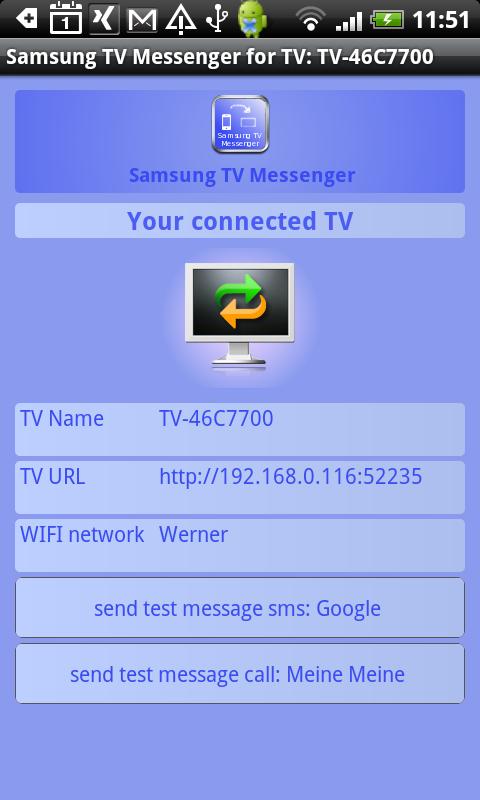
That’s not the case for business, though. Instant messaging, however, is a relatively new channel to connect, yet its rapid growth has kind of made us forget about good old texting. Most of us have been using SMS to communicate with friends and family for years. Text messaging doesn't require downloading any additional apps and is possible with every single mobile device, no matter whether it’s a smartphone or not.
If you want to chat using instant messaging apps, you have to download and install an instant messaging app on your smartphone. It means that while sending and receiving texts via instant messaging apps is not possible without connecting to the internet, SMS can be sent and received even if there’s no connection around. Instant messaging apps work with an internet connection while text messages are sent via your mobile carrier’s network. There key differences between these two are: Text messaging is a similar process, but it happens via built-in apps that come pre-installed on every mobile device. Those can be anything you prefer, like Viber, WhatsApp, Telegram, or Facebook Messenger that we’re going to cover in this post. Instant messaging refers to communicating by sending text messages via specific smartphone apps. Messenger: what's the difference?īefore we begin, let’s clearly define the difference between instant messaging and text messaging. Spoiler alert: the decision might be easier than you think! SMS vs. If you're not sure which one to choose or come across these options for the first time, keep reading this post for a detailed comparison of these two channels. Here’s where SMS marketing and instant messaging apps come into play. 
Such an intense immersion into smartphones opened many great possibilities for businesses to reach their potential customers right where they are.

And that’s not even including other digital activities. It’s officially surpassed the length of a traditional working day and is nearly as much as there‘s free time left between work and sleep. The global average time people spend in various apps is now 4.2 hours daily, which is up by 30% compared to 2019.






 0 kommentar(er)
0 kommentar(er)
